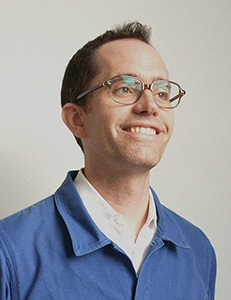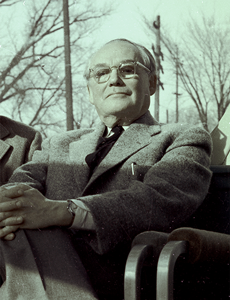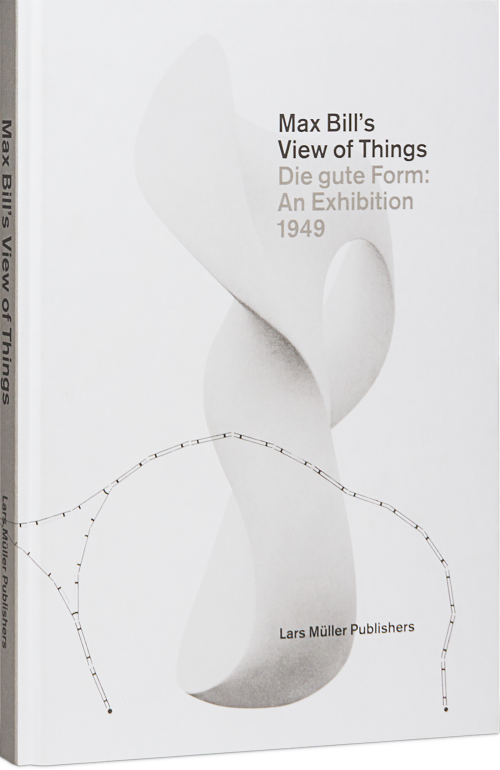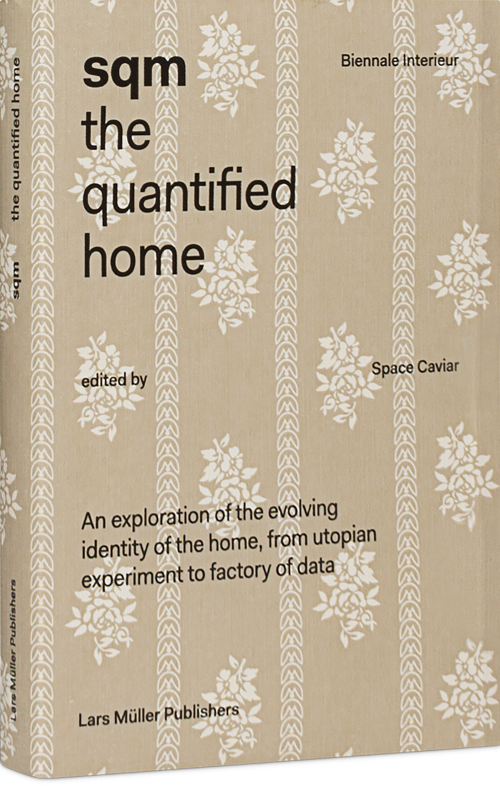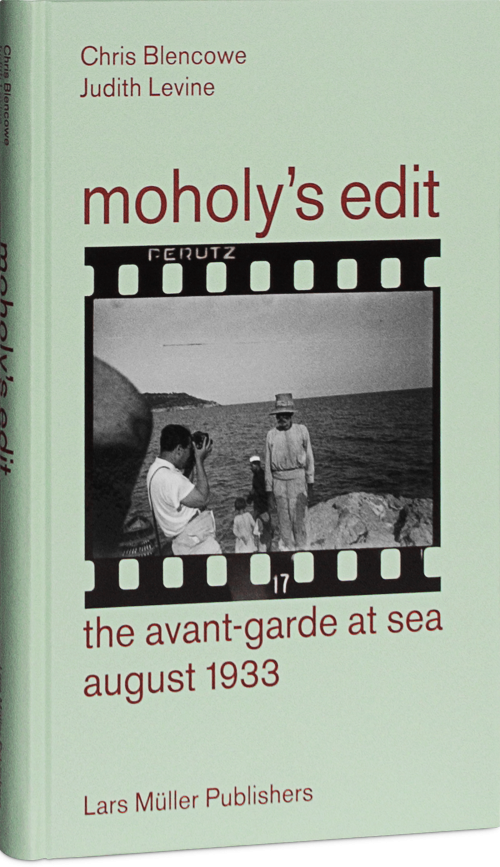
Sigfried Giedion: Liberated Dwelling (Befreites Wohnen)
Sigfried Giedion’s small, but vocal manifesto “Befreites Wohnen” (1929) is an early manifestation of modernist housing ideology and as such key to the broader understanding of the ambitions of the International Congresses of Modern Architecture (CIAM) and the debate on the industrialization of construction processes and its impact on public housing at the beginning of the twentieth century. An important step in Giedion’s rise as one of the foremost propagators of modern architecture, this manifesto is based on the argumentative power of visual comparisons, and the only book the art historian both authored and designed.
The German facsimile edition of Giedion’s Befreites Wohnen is completed by an English translation and a scholarly essay that anchors the work in the context of its time and suggests the book’s relevance for contemporary architectural discourse.
Sigfried Giedion’s small, but vocal manifesto “Befreites Wohnen” (1929) is an early manifestation of modernist housing ideology and as such key to the broader understanding of the ambitions of the International Congresses of Modern Architecture (CIAM) and the debate on the industrialization of construction processes and its impact on public housing at the beginning of the twentieth century. An important step in Giedion’s rise as one of the foremost propagators of modern architecture, this manifesto is based on the argumentative power of visual comparisons, and the only book the art historian both authored and designed.
The German facsimile edition of Giedion’s Befreites Wohnen is completed by an English translation and a scholarly essay that anchors the work in the context of its time and suggests the book’s relevance for contemporary architectural discourse.





